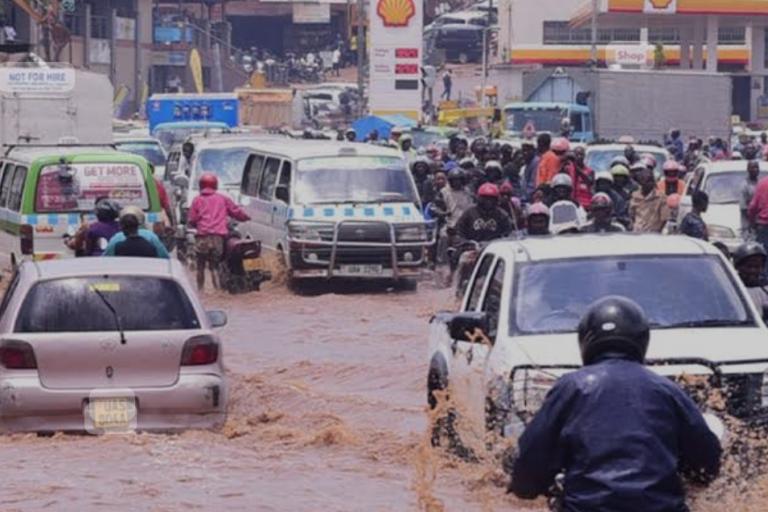Enhancing Weather Forecast Verification
Reliable weather forecasts and early warnings are generated from global and regional-scale Numerical Weather Prediction (NWP) models.

Reliable weather forecasts and early warnings are generated from global and regional-scale Numerical Weather Prediction (NWP) models. But the results of these models need to be evaluated to assess how changes, for instance in data assimilation, impact the quality of weather forecasts and early warnings. Such evaluations are done manually with limited efficiency in many developing countries, where the required expert human resources are not widely available. Many WMO projects aim to fill this gap in expertise through cooperation on capacity development to enhance weather forecast verification skills. A training session in Helsinki, Finland, at the beginning of February offers a good example of how this is being addressed.
The Helsinki training instructed NWP experts from the National Meteorological and Hydrological Services (NMHSs) of Indonesia, Kenya, Rwanda, Tanzania and Uganda on the installation and operation of the HARP software tool for weather forecast verification in their home environments. The trainees’ participation received support through the Finnish-funded FINKERAT project and the CREWS East Africa project. Over two weeks of group work with experts from the Finnish Meteorological Institute (FMI), the participants learnt how install and use the HARP software on exercise servers or remotely on their own NMHS’s servers.
“The participation of our expert is the first step towards achieving our long-term dream of establishing an operational NWP verification program and related systems in Uganda,” stated Acting Executive Director and Permanent Representative of Uganda to the WMO Dr Bob Alex Ogwang. “We are building on this and other upcoming opportunities to strengthen our Meteorological Services.” He thanked the CREWS project and FMI for the support.
“In addition to enhancing national capacities with this collaboration, we aim to strengthen the network and cooperation between NMHSs in East Africa,” stated, FMI Project Manage Alessandro Chiariellor (seconded to the WMO Office for Eastern and Southern Africa). This NWP training has thus also facilitated regional collaboration and peer-support among WMO Members in East Africa, promoting sustainable development in forecast verification.
“Enhancing the technical capabilities of forecasters and other technical staff stands out as a top priority for WMO Members in East Africa. The support and training offered by FMI is indispensable for developing the necessary competencies,” highlighted WMO Project Officer Jason Watkins, who oversees the CREWS East Africa project. Initiatives like the CREWS East Africa project play a vital role in facilitating such collaborative practices. The NHMSs involved in WMO projects continuously explore opportunities for collaboration to improve their effectiveness and service provision for users.
Project Contacts:
- WMO CREWS East Africa – Jason Watkins jtwatkins
 wmo [dot] int (jtwatkins(a)wmo.int)
wmo [dot] int (jtwatkins(a)wmo.int) - FINKERAT project – Alessandro Chiariello achiariellojtwatkins
 wmo [dot] int ((a))wmo.int
wmo [dot] int ((a))wmo.int


